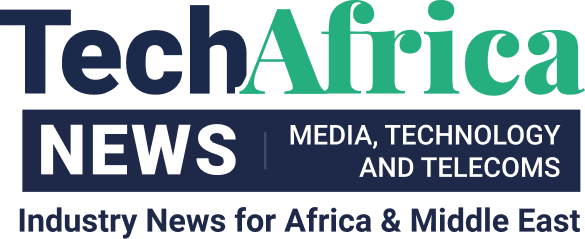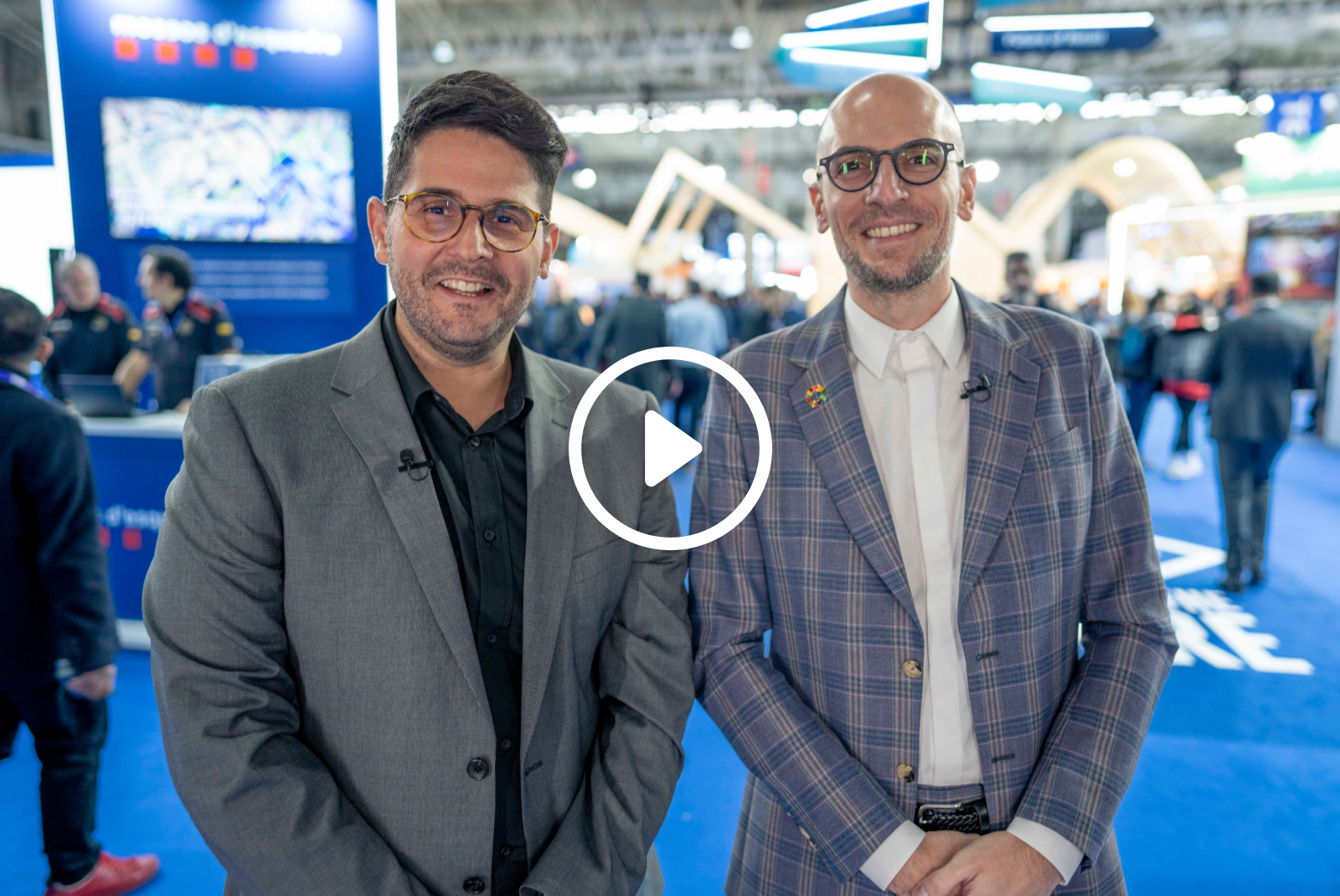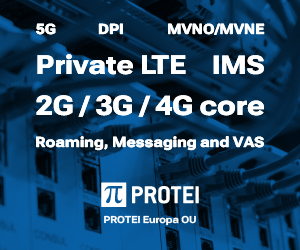The World Radiocommunication Conference (WRC-23), organized under the auspices of the International Telecommunication Union (ITU), is set to become a pivotal event for the mobile industry. At the forefront of this transformative conference stands the GSMA, a renowned association comprising over 1000 mobile operators and businesses from all corners of the globe.
As the mobile technology continues to touch the lives of over 5 billion people worldwide, WRC-23 emerges as a crucial platform to advance the vision shared by the GSMA: delivering mobile services to all people and industries, ensuring no one is left behind in the digital age.
For Africa, the upcoming WRC-23 holds immense promise. With over 55% of the global population connected to the mobile internet, the remaining 45% face unmet connectivity needs. This gap falls into two categories – the coverage gap, affecting areas with no mobile networks, and the usage gap, affecting those within a mobile footprint who do not use mobile broadband. The GSMA sees WRC-23 as an opportunity to address issues of affordability, usability, and expand mobile network coverage in the region.
A key focus for the GSMA at WRC-23 is the harmonization of spectrum allocation. The conference aims to allocate the right spectrum capacity, especially for 5G services, to improve quality, affordability, and sustainability of mobile networks in Africa. Discussions surrounding low-band spectrum (470-694 MHz), mid-band spectrum (3.3-3.8 GHz), and the 6 GHz band (6.425-7.125 GHz) will pave the way for cutting-edge mobile services that drive industrial agility and economic growth.
By urging African countries to take decisive actions at WRC-23, such as adding primary mobile allocation in the 470-694 MHz band, identifying the 3.3-3.8 GHz band, and supporting the 6 GHz band for IMT, the GSMA envisions affordable 5G networks becoming a reality across the continent. Such advancements will empower billions, transform industries, and shape a future where inclusive connectivity is a reality for all.











